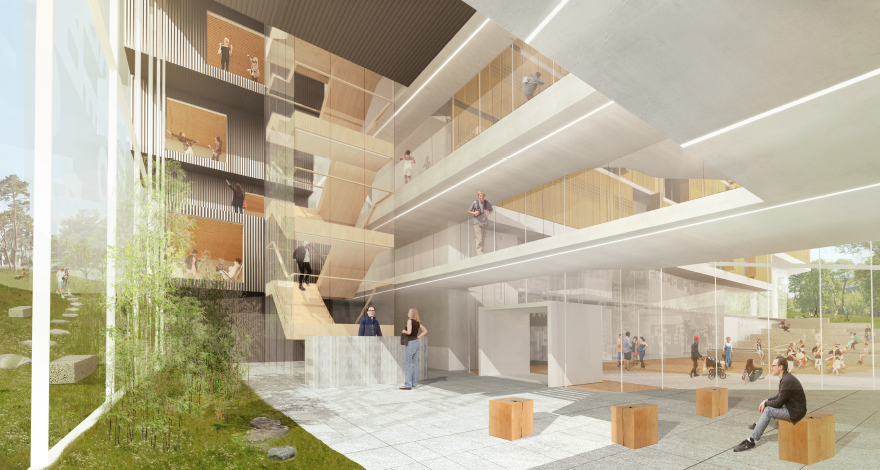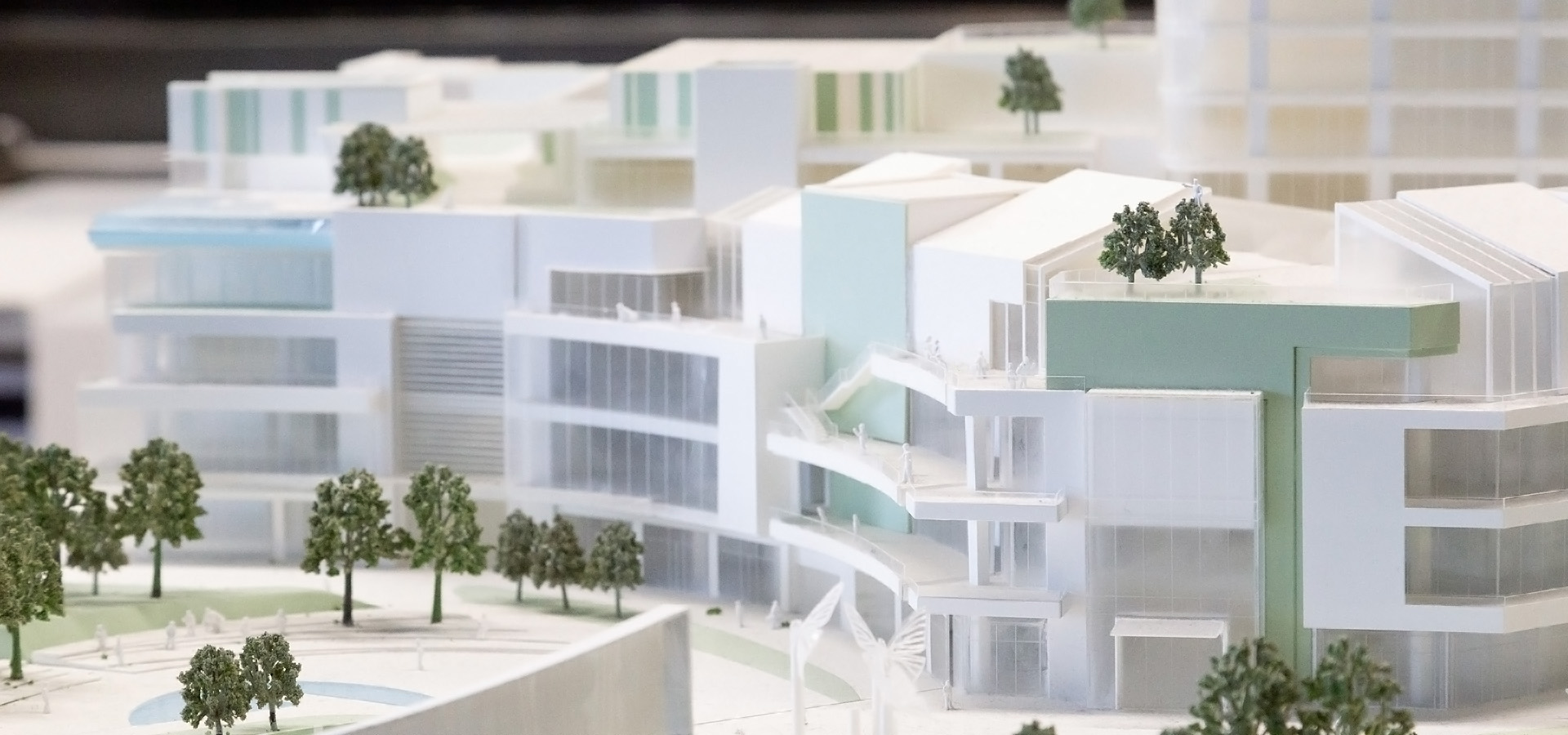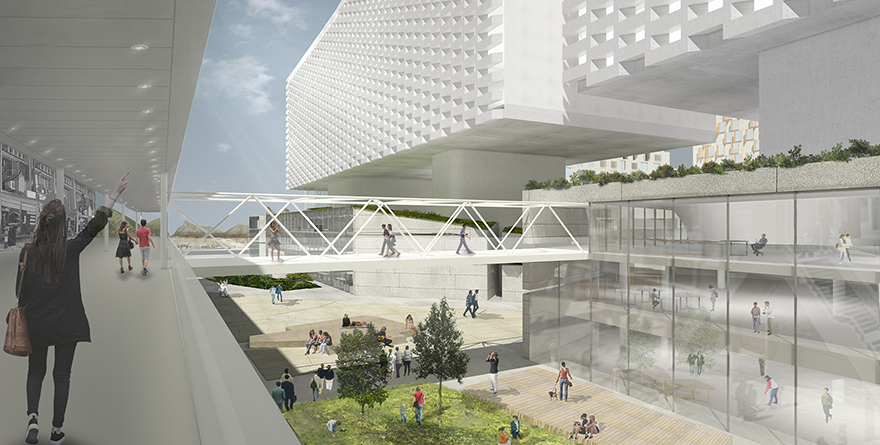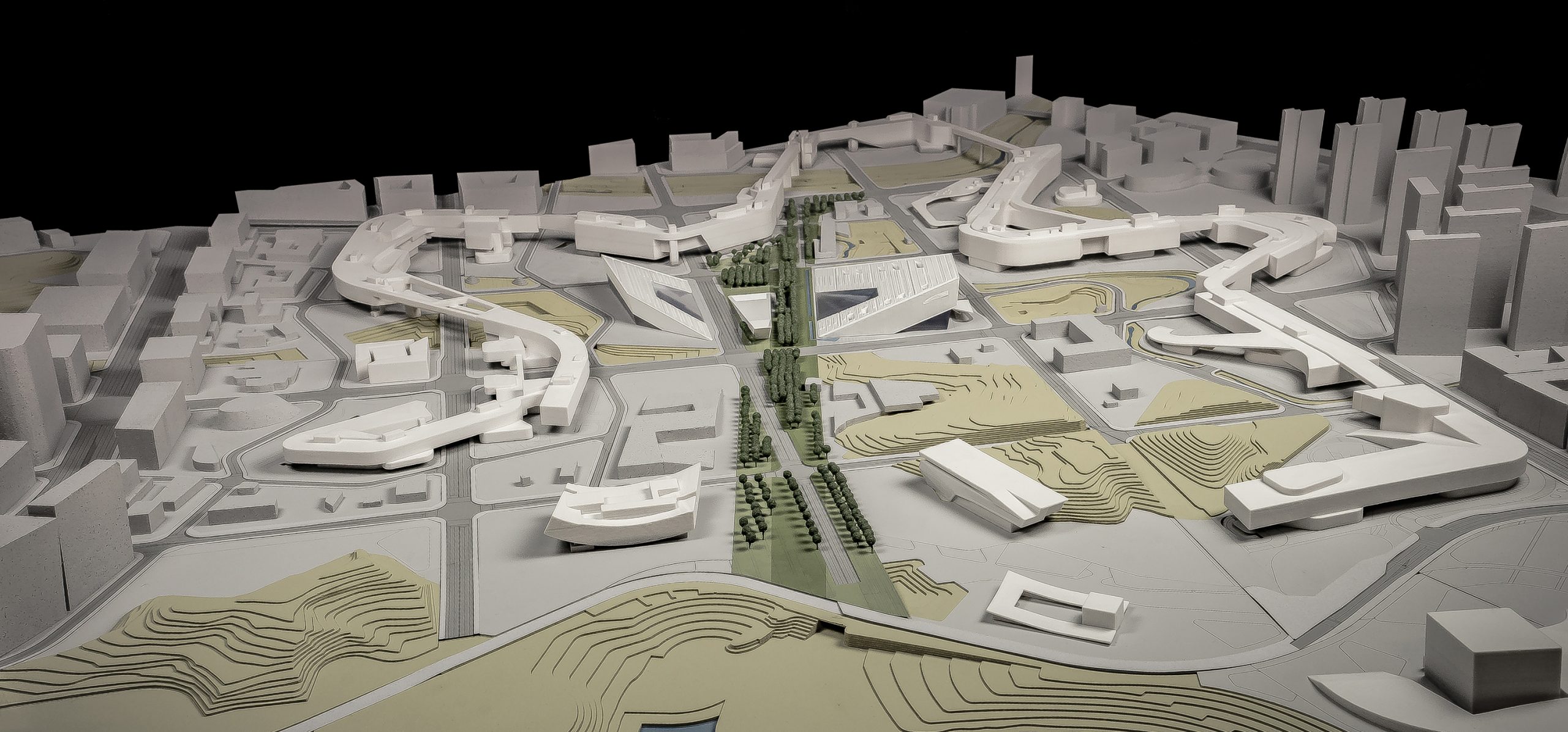
The city is the stage where the theatre of life takes place. We design spaces and places that are inclusive to people from all walks of life and can adapt across seasons and generations. Our urban design ethos is driven by a desire to connect communities, encourage neighbourliness among strangers, and promote wellbeing

Landscape is a vital ingredient for environmental resilience and human wellbeing. From roof terraces to streetscape design, to corporate campuses and parks, landscape architecture encompasses all scales. Green infrastructure plays a critical role in reducing the urban heat island effect, storing storm water, shading, and insulating buildings, and mitigating climate change.

Whether a project requires strategic planning at a national or city-scale, or master planning at the district or local-scale, our approach ensures that the design can adapt to environmental, demographic, and technological change. Working in tandem with developers and policymakers we deliver a roadmap towards a more sustainable future

Transport infrastructure is the circulatory system of a city. The more efficient and comfortable it is, the greater the social, environmental, and economic benefits. Promoting active transit through the seamless integration of multi- modal transport systems encourages a more sustainable movement from 20th century car-centric urbanism towards a more progressive model that is centered on people.

Every project begins with an understanding of the historic, cultural and social life of cities and people are always at the heart of our projects. A commitment to civic engagement allows us to integrate the users’ aspirations into the design brief. Learning lessons from vernacular architecture and materiality ensures that our designs are rooted in a sense of place.

A growing resource of technological tools allows us to swiftly assess, iterate and modify several options during the design process. Using proprietary software and data analysis, we can test urban and architectural morphology for various performances metrics; simulate people movement and evacuation strategies; and assess visibility and views to optimize design solutions.

Understanding the economic landscape through industry analysis, employment trends and economic policy objectives is key. In defining these elements, we can determine the demand levels for specific development types and land uses, comprehend the economic impact of our designs, and propose a viable phasing strategy.